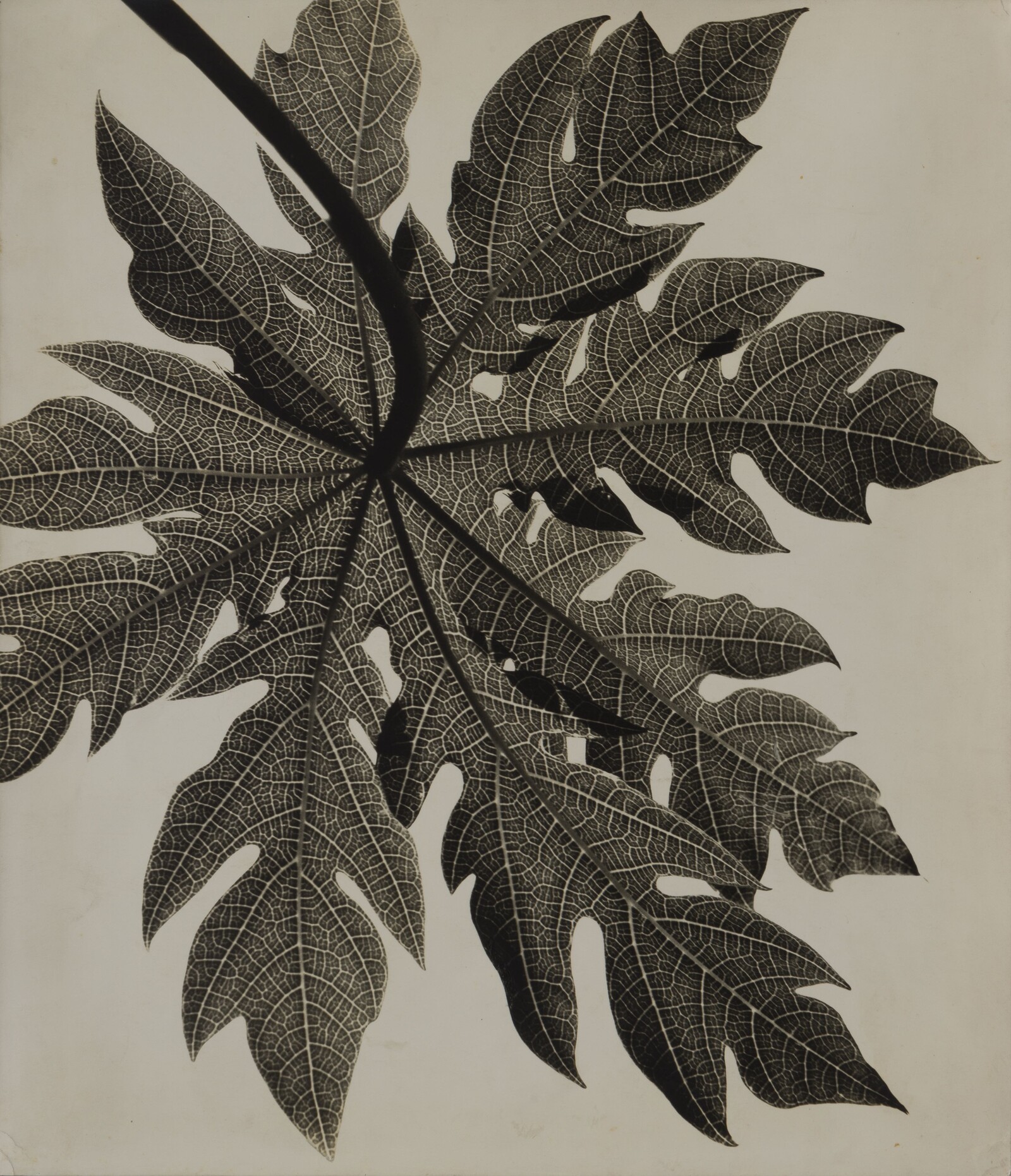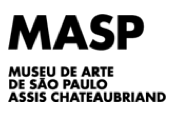August 27, 2021–January 30, 2022
Avenida Paulista, 1578
São Paulo-SP
01310200
Brazil
Hours: Tuesday 10am–8pm,
Wednesday–Sunday 10am–6pm
T +55 11 3149 5959
imprensa@masp.org.br
Gertrudes Altschul (1904–1962) was a pioneering figure in Brazilian modernist photography. Despite being acknowledged in the field in Brazil, her work is known only in specialized circles, having been scantly published and exhibited—something that this exhibition, the first in a museum, and its publication intend to rectify.
Of Jewish origin, Altschul migrated to Brazil in 1939 from her native Berlin with her husband, Leon Altschul (1890–1975), fleeing the Nazi regime. They settled in São Paulo, where she divided her time between photography and the production of flowers for hats in a factory they managed.
At the end of the 1940s, she approached the famous Foto Cine Clube Bandeirante (FCCB) in São Paulo, a group that gathered photographers aligned with the movement known as the Escola Paulista [Paulista School], a cornerstone of modern photography in Brazil. After she began attending FCCB meetings and submitting her photographs for evaluation by members, Altschul was accepted in 1952 as a member, one of the very few women in the group.
It was through the FCCB that MASP began its relationship with the work of Altschul. In 2014, the museum received from the FCCB an extraordinary long-term loan of 275 photographs by 82 members of the group, which will be converted into a donation after 50 years. This exceptional set of vintage photographs, the most important one in Brazilian modern photography, includes 12 prints by Altschul.
Altschul’s photographic work was in tune with the language of Brazilian modern photography, which sought to break away from the classic principles of composition by using abstract and figurative geometric constructions, while experimenting with light, shadow, lines, rhythms, planes as well as development and printing photo processes. In this context, Altschul’s themes concentrated on Brazilian modernist architecture and botanical motifs, primarily leaves, as well as everyday objects in different scales, photographic still lives of sorts.
The exhibition, which borrows its title from Filigrana [Filigree], one of Altschul’s most celebrated photographs, presents 62 vintage photographs, almost all of her entire production. The works are grouped into major themes: botany, architecture and still lifes. There are also some images of people, something less frequently explored by Altschul.
The exhibition Gertrudes Altschul: Filigree is part of a biennium of programming at MASP dedicated to Brazilian Histories, in 2021–22, coinciding with the bicentennial of the country’s independence in 2022. In this first year, all exhibitions are dedicated to women, and include solo shows by Conceição do Bugres, Erika Verzutti, Gertrudes Altschul, Maria Martins, Ione Saldanha, and, in the Video Room, works by Ana Pi, the Teto Preto collective, Regina Vater, Zahy Guajajara and Dominque Gonzalez-Foerster.
Gertrudes Altschul: Filigree is curated by Adriano Pedrosa, artistic director, and Tomás Toledo, chief curator, MASP.
A fully illustrated monograph, the first one dedicated to Altschul’s work, edited by Adriano Pedrosa and Tomás Toledo, accompanies the exhibition. It includes newly commissioned texts written by Pedrosa and Toledo, Abigail Lapin Dardashti, Guilherme Giufrida, Heloisa Espada, Helouise Costa, Paula Victoria Kupfer and Sarah Hermanson Meister. The publication reproduces all 70 of the artist’s known vintage prints and includes a selection of archival material, such as contact sheets. With Portuguese and English editions, the 224-page publication is designed by Alles Blau studio in São Paulo, distributed internationally by Karen Marta Editorial Consulting, and is available through masploja.org.br or loja [at] masp.org.br.
For additional information and images visit here.

